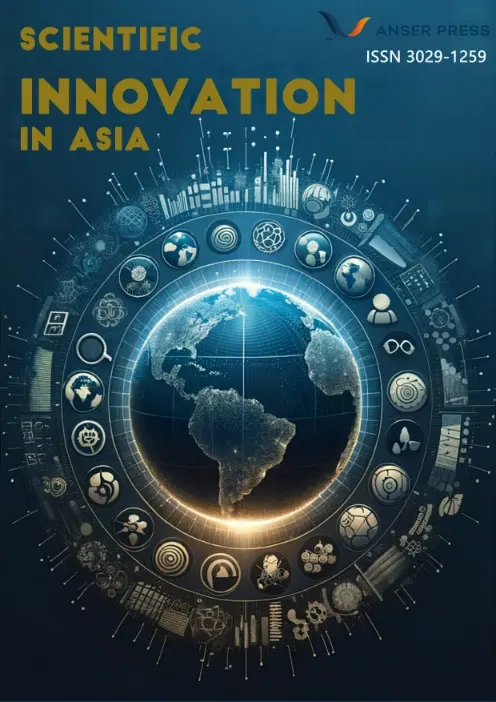
Volume 3, 2025 - Issue 2
 An open access journal
An open access journal
The Application of the Transit Method in Exoplanet Detection
Abstract
Exoplanetary science stands as one of the most cutting-edge and promising research fields in modern astronomy, playing a pivotal role in unraveling fundamental scientific questions regarding planetary formation, evolution, and the origins of life. Among various detection methods, the transit method has emerged as one of the most successful techniques due to its high efficiency and reliability. This paper systematically elaborates on the fundamental principles of the transit method, which infers the existence of transiting exoplanets and their physical parameters (such as radius and orbital period) by detecting periodic dips in stellar brightness. This paper further presents current research developments of the transit method, while also examining the method's inherent limitations and prospective research directions. The high-precision detection capability of the transit method will continue to advance exoplanetary science, providing critical support in the search for habitable planets and potential biosignatures
Share and Cite
Article Metrics
References
- Wolszczan A, Frail D A. Nature, 1992, 355(6356): 145–147
- Mayor M, Queloz D. Nature, 1995, 378(6555): 355–359
- YANG J M, WANG X Y, LI K, et al. Publications of the Astronomical Society of Japan, 2021, 73(4): 1010–1018. https://doi.org/10.1093/pasj/psab059
- Henry G W, Marcy G, Butler R P, et al. IAU Circ., 1999, 7307: 1
- Charbonneau D, Brown T M, Latham D W, et al. ApJ, 2000, 529(1): L45–L48
- Jenkins J M, Twicken J D, Batalha N M, et al. AJ, 2015, 150(2): 56
- QUINTANA E V, BARCLAY T, RAYMOND S N, et al. Science, 2014, 344(6181): 277–280. https://www.science.org/doi/abs/10.1126/science.1249403
- GILBERT E A, BARCLAY T, SCHLIEDER J E, et al. The Astronomical Journal, 2020, 160(3): 116. https://dx.doi.org/10.3847/1538-3881/aba4b2
- BAKOS G, LAZAR J, PAPP I, et al. Publications of the Astronomical Society of the Pacific, 2002, 114(799): 974
- BAKOS G, AFONSO C, HENNING T, et al. Proceedings of the International Astronomical Union, 2008, 4(S253):354–357
- POLLACCO D L, SKILLEN I, CAMERON A C, et al. Publications of the Astronomical Society of the Pacific, 2006, 118(848): 1407
- MCCULLOUGH P R, STYS J, VALENTI J, et al. Publications of the Astronomical Society of the Pacific, 2005,117(834): 783
- FRIDLUND C. Physica Scripta, 2008, 2008(T130): 014009
- LÉGER A, ROUAN D, SCHNEIDER J, et al. Astronomy & Astrophysics, 2009, 506(1): 287–302
- BORUCKI W J, KOCH D, BASRI G, et al. Science, 2010, 327(5968): 977–980
- GILBERT E A, BARCLAY T, SCHLIEDER J E, et al. The Astronomical Journal, 2020, 160(3): 116
- Lin D N C, Bodenheimer P, Richardson D C. Nature, 1996, 380(6575): 606–607
- GILLON M, JEHIN E, LEDERER S M, et al. Nature, 2016, 533(7602): 221–224
